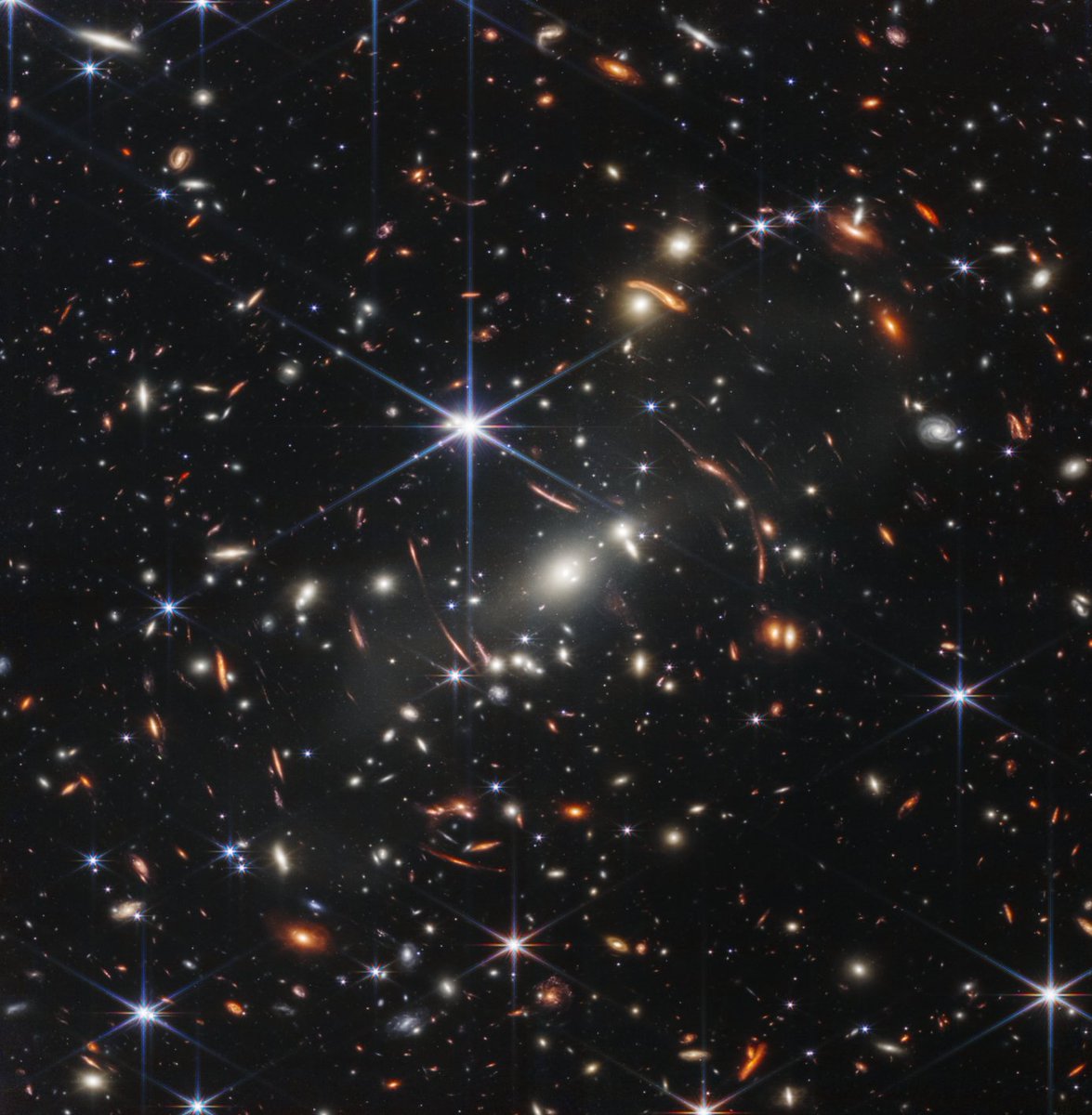
Did somebody say new Webb images?
#ICYMI, we just dropped an incredible new Cartwheel Galaxy image, and yes, more images will be rolling out over the coming weeks! But there’s a few things you should know first about Webb’s next steps 👇
#ICYMI, we just dropped an incredible new Cartwheel Galaxy image, and yes, more images will be rolling out over the coming weeks! But there’s a few things you should know first about Webb’s next steps 👇
https://twitter.com/NASAWebb/status/1554469773433606144
Science is a collaborative process! You may have seen some preliminary findings from Webb data already. But before NASA can publicize news results, we have to wait for findings to be peer-reviewed — meaning that scientists have checked each other’s work.
Where can I find Webb images and data?
First images gallery: bit.ly/3v9F2UQ
Test data: go.nasa.gov/3PjB0kP
Ongoing data (technical): bit.ly/3z7VXs4
First images gallery: bit.ly/3v9F2UQ
Test data: go.nasa.gov/3PjB0kP
Ongoing data (technical): bit.ly/3z7VXs4
What’s Webb looking at right now?
Check out @SpaceTelescope’s weekly schedule: bit.ly/3OHaJf2
For a big picture of Webb’s first year of science, go here: bit.ly/3bek1S8
Check out @SpaceTelescope’s weekly schedule: bit.ly/3OHaJf2
For a big picture of Webb’s first year of science, go here: bit.ly/3bek1S8
Now that science operations are underway, look for the latest Webb news on our website and right here on @NASAWebb. You can read more about everything covered in this thread here: go.nasa.gov/3d0aGOq
• • •
Missing some Tweet in this thread? You can try to
force a refresh











